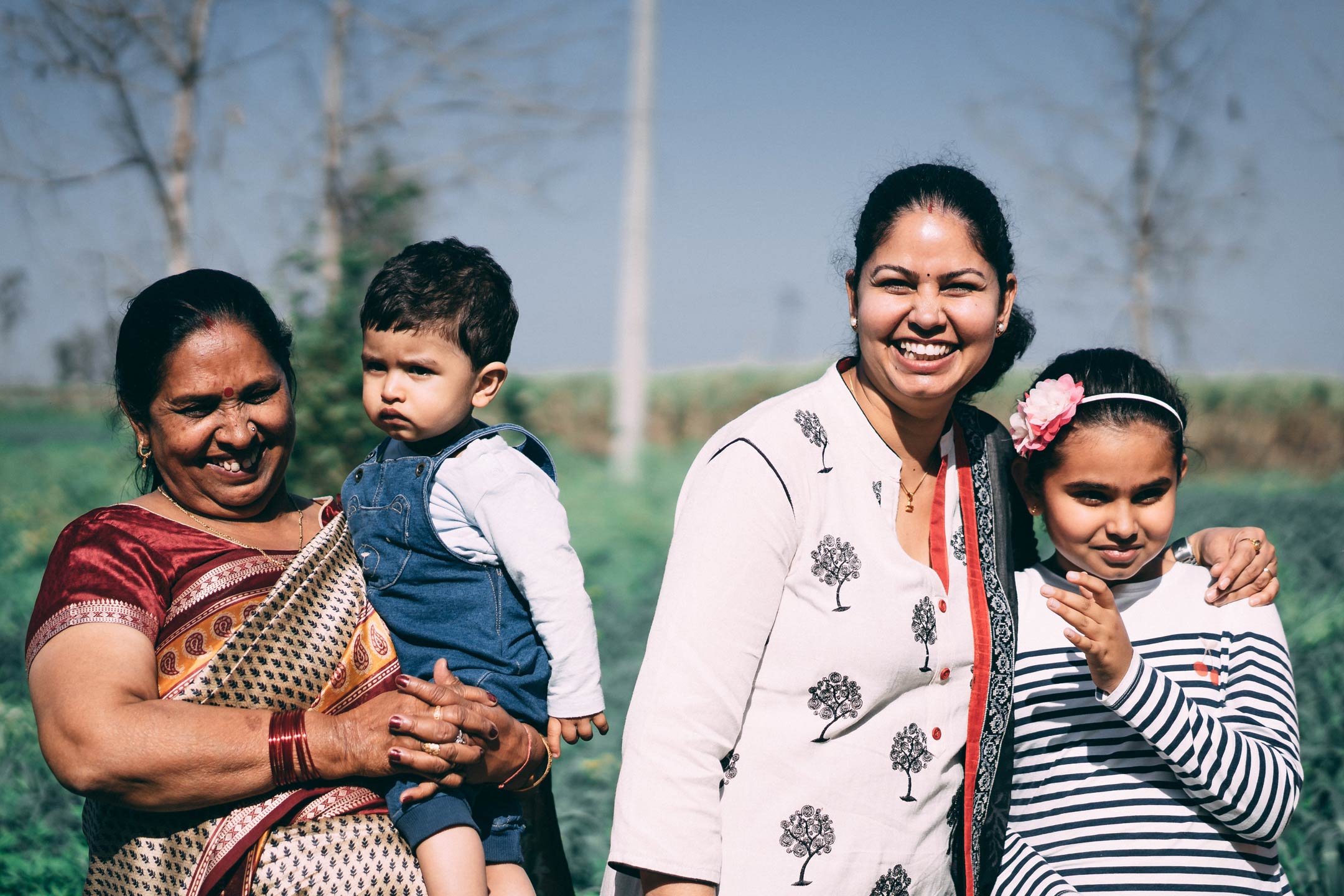
10 Mar Profile of a Mother in Law
Shankari Chandran draws the positives from potential negatives.
On 18 October 2003 at precisely 8.24pm, I unreservedly loved my mother-in-law (who I call Mum). At 8.25pm, I handed our newborn daughter to her, and as Mum tenderly cuddled her, I felt an uncomfortable tingling sensation. I thought it was the local anaesthetic wearing off. Then I realised the sensation was a confused, irrational combination of possessiveness and insecurity. In an instant, all the characteristics I had previously found eccentric and endearing about her became unbearable. Eight years later, we have a loving relationship with established boundaries and a healthy, mutual respect.
Until yesterday… when she criticised me for the way I put our fourth child (now aged 20 months) to sleep. Mum is from the ‘All you need is love and a whole lot of holding’ school of thought, and I am from the ‘There are three other children with needs, so the baby has to go in the cot’ school of thought. Boundaries were crossed and I felt that familiar tingling sensation, only this time it was rage.
This story is not about comparative sleep techniques. I could write a book on that (if I wasn’t so tired), and it would be called ‘Failing A Sleep’. No, this article is about the application of my take on Myers-Briggs personality testing to my mother-in-law, and a reminder to myself that eight years ago it helped retrieve our relationship. I need to be reminded right now because she has just moved in with us for three months.
Myers-Briggs testing measures psychological preferences in the way people perceive the world, behave and make decisions. The theory seems to be that once you identify and understand a person’s ‘type’, you can improve the quality of your interaction with them. I gave Mum my own Myers-Briggs(ish) profile type: AEGJ – Absent minded, Eccentric, Generous and Joyous. One aspect of this profile is that Mum is always late. The solution was simple. We started asking her to come earlier for babysitting, so that when she showed up late she was actually on time.
Mum believes if children refuse to eat, they should be offered hot chips and chocolate bars as a meal substitute. The ‘Myers- Briggs’ solution, happily, accommodated my chocolate addiction: the children learn about healthy eating from us and their school, and for now chips and chocs are the sixth food group when Mum is around.
Mum is as untidy as I am tidy. The first time she stayed in our house unsupervised I thought we’d been burgled and ransacked.
She will volunteer to look after all four children to give me some time to myself. No-one, not even my husband, will offer to do this, and most babysitters couldn’t be paid enough. Mum will do it for free and with unparalleled, unconditional generosity.
The Myers-Briggs way is to accept her help with gratitude while looking away from the chaos when I return home.
Mum is also a mystical healer. When the children are sick she will drive across town in the middle of the night, in her pyjamas, and arrive at our front door with a traditional medicinal bush. She will have yanked it from her garden, roots, soil and all, and will lovingly brew a herbal healing tea which she will feed to our sick children, one teaspoon at a time. Myers-Briggs says to gratefully accept her help and not question the bush’s healing power, despite modern medicine’s failure to adopt it as an antibiotic and immunity booster.
As I ponder our new living arrangements and what the future holds for us both, I remind myself that my mother-in-law accepts and loves me for who I am. Although she wants to cuddle all my children to sleep while feeding them chocolate bars, she has never tried to change me. Myers-Briggs suggests I not try to change her either, but learn from and appreciate her strengths.
As for the rest of it, I just eat a chocolate bar and look away…
Photo: ashwini chaudhary

